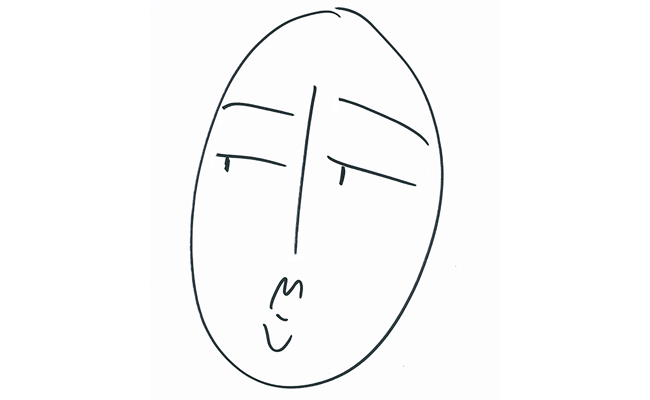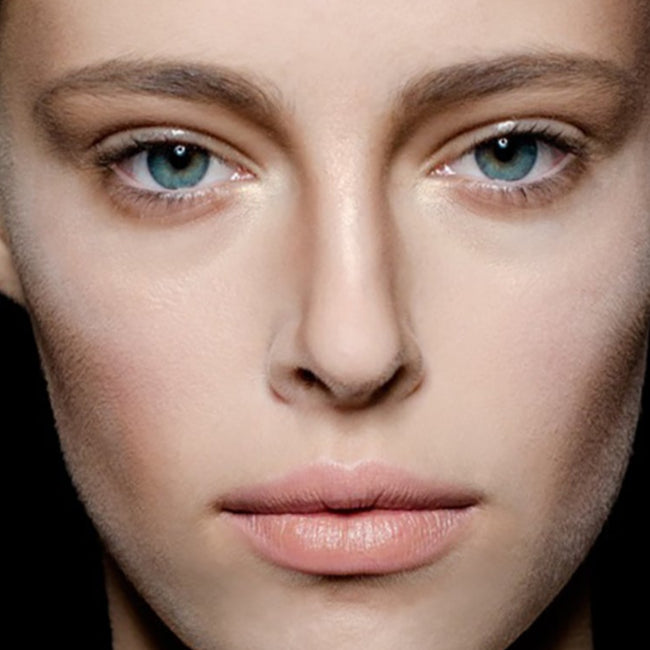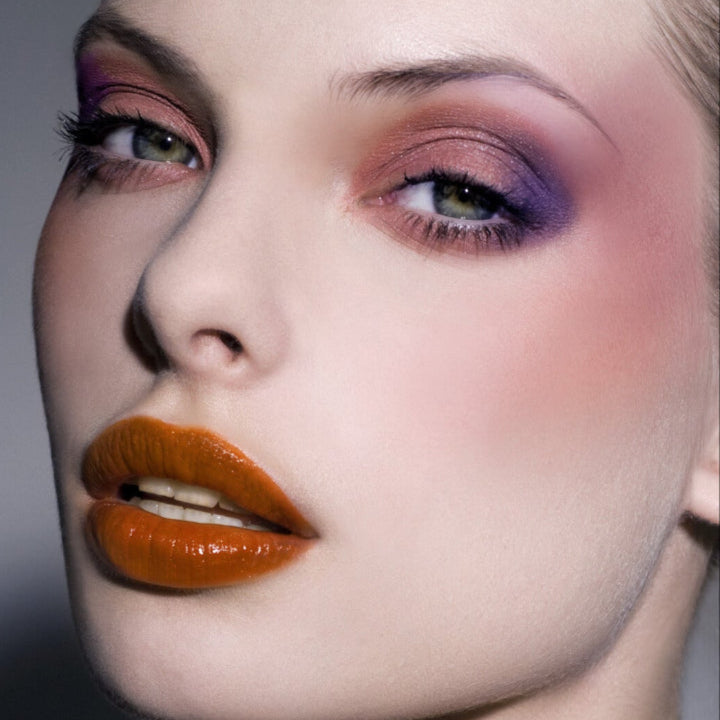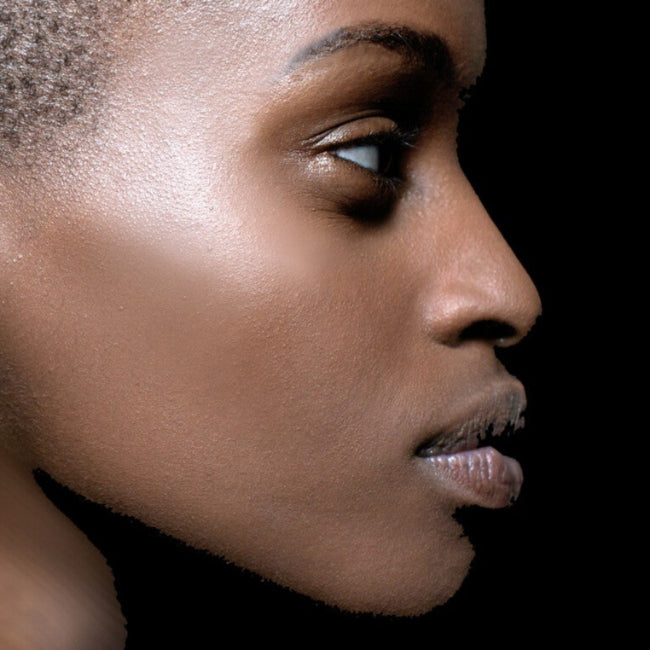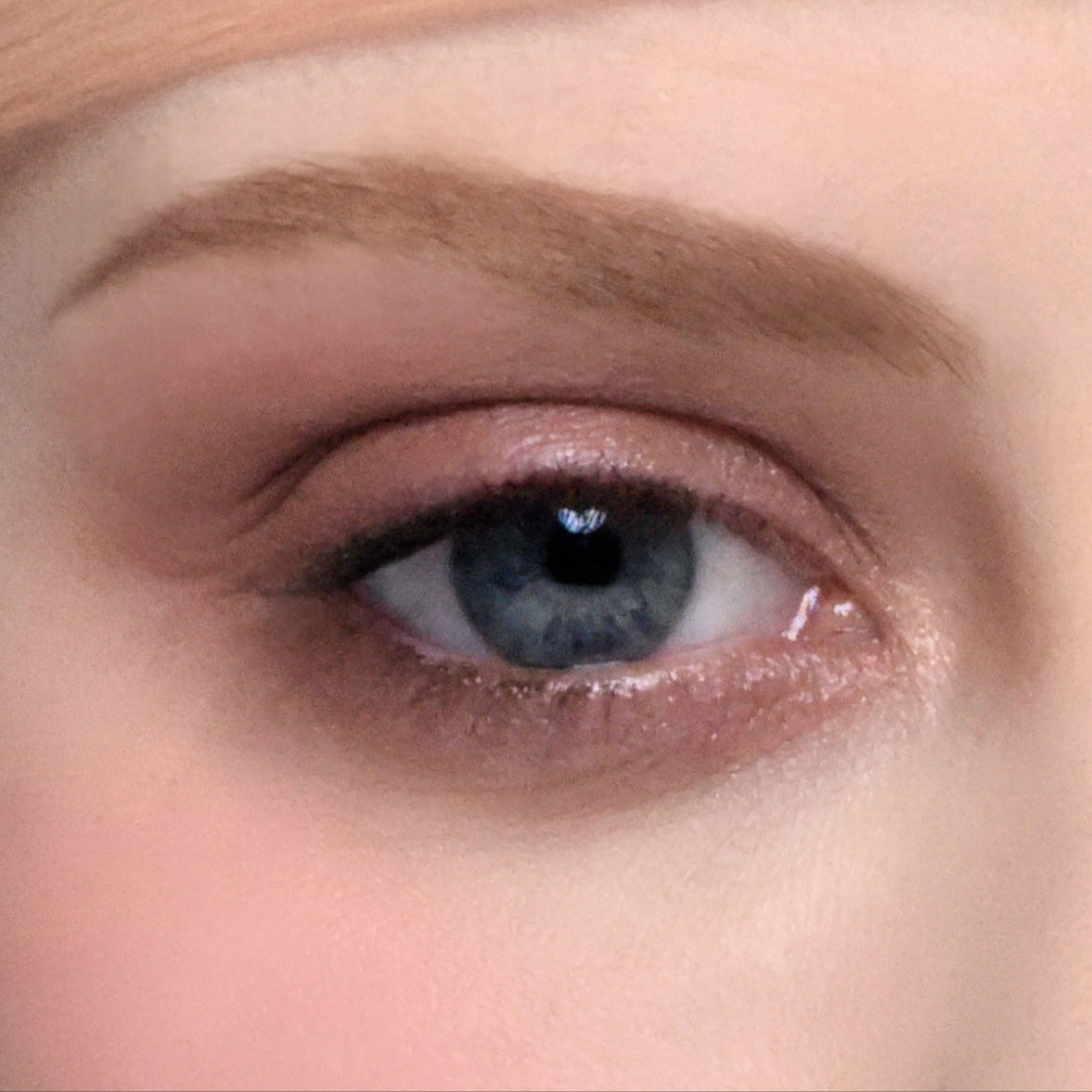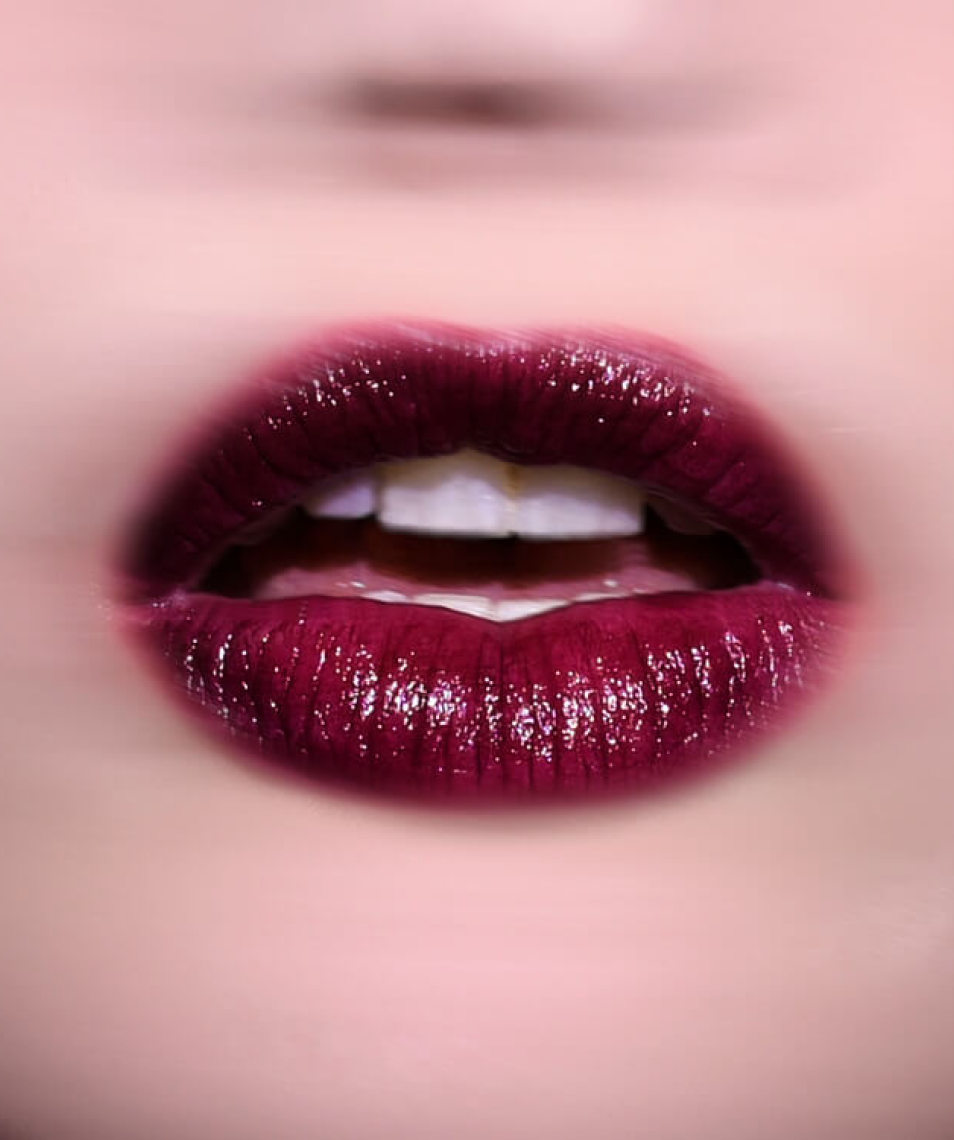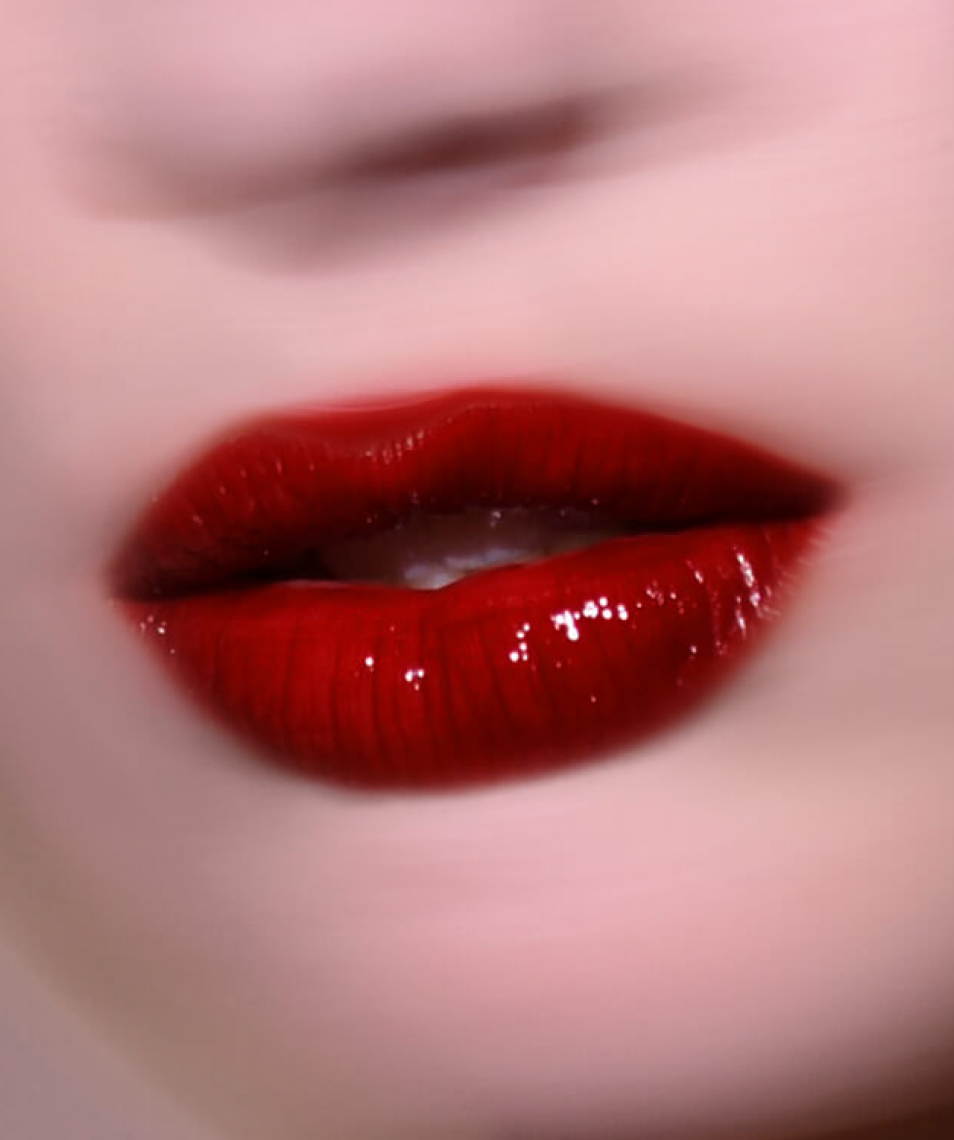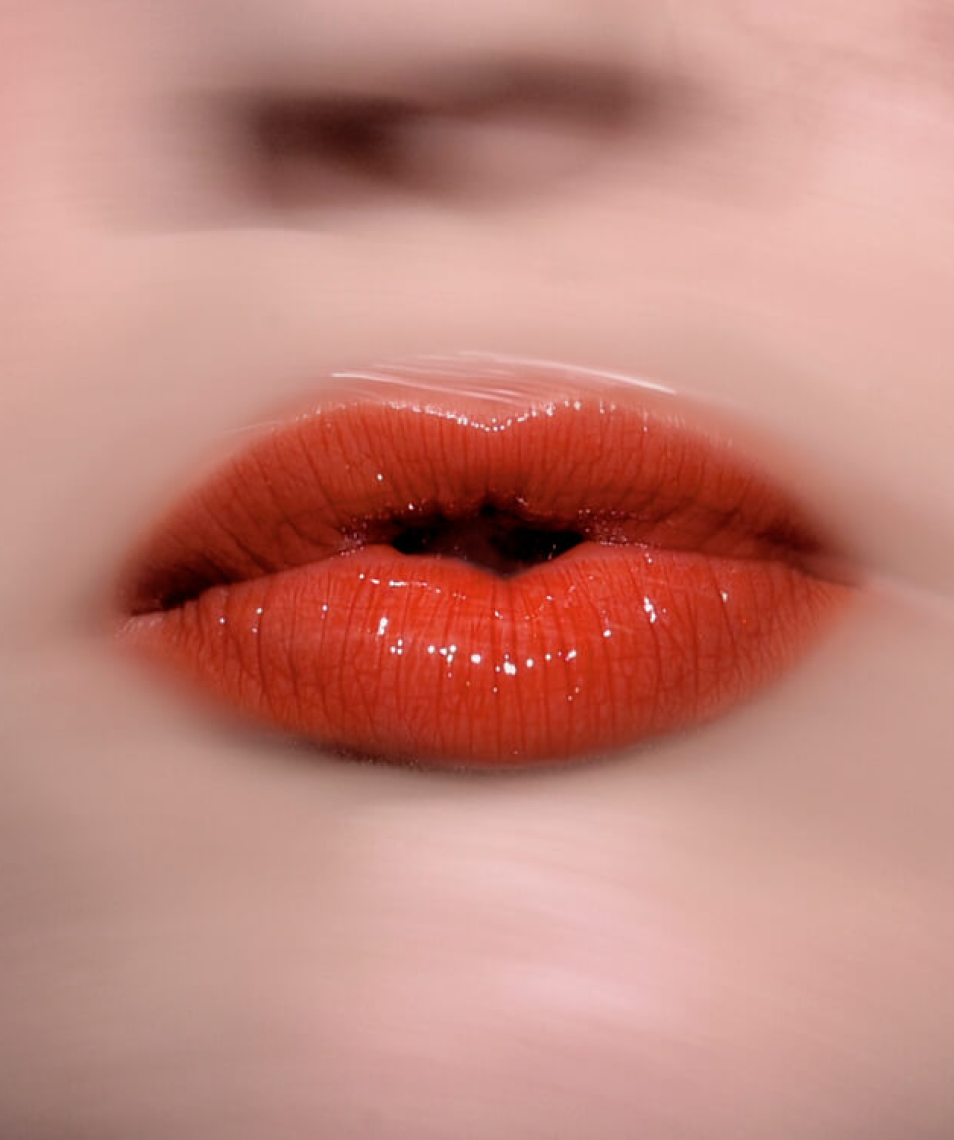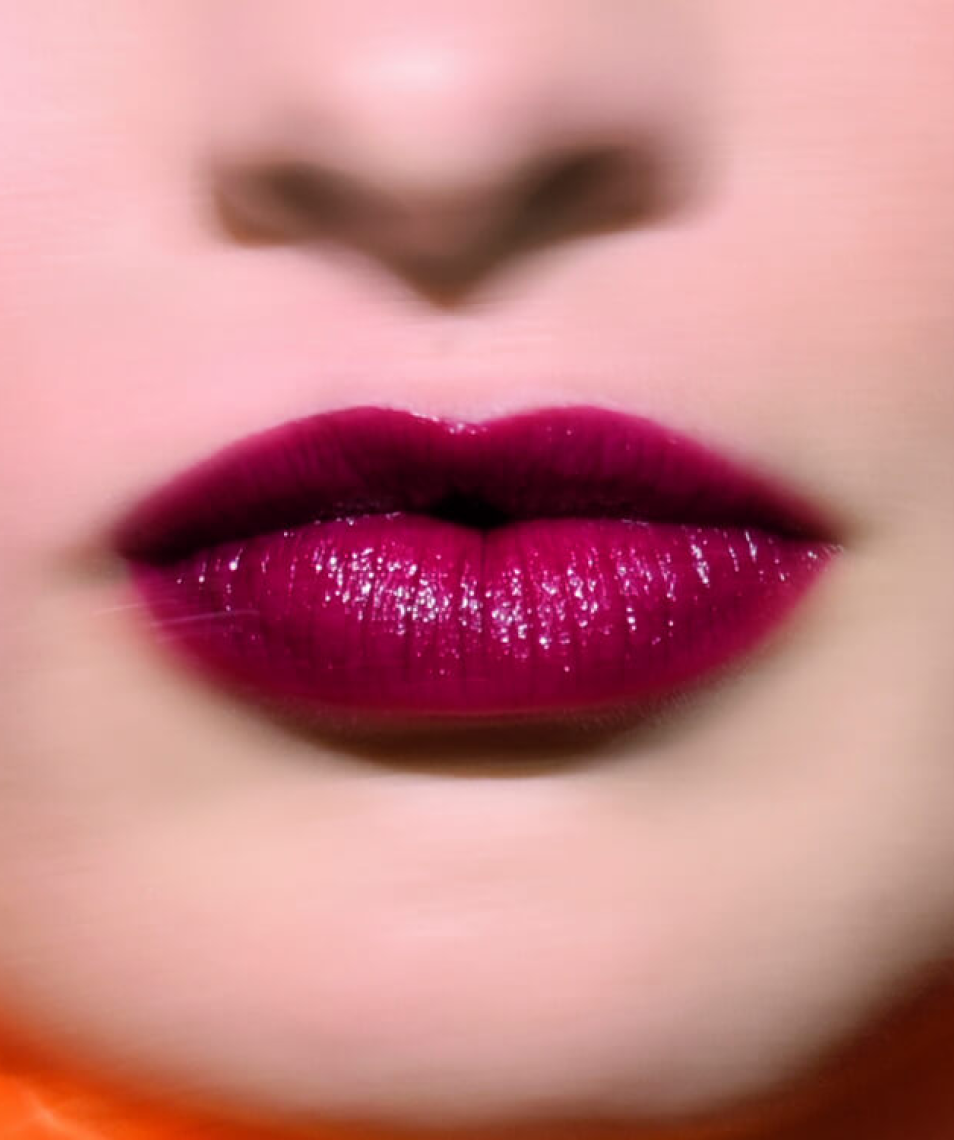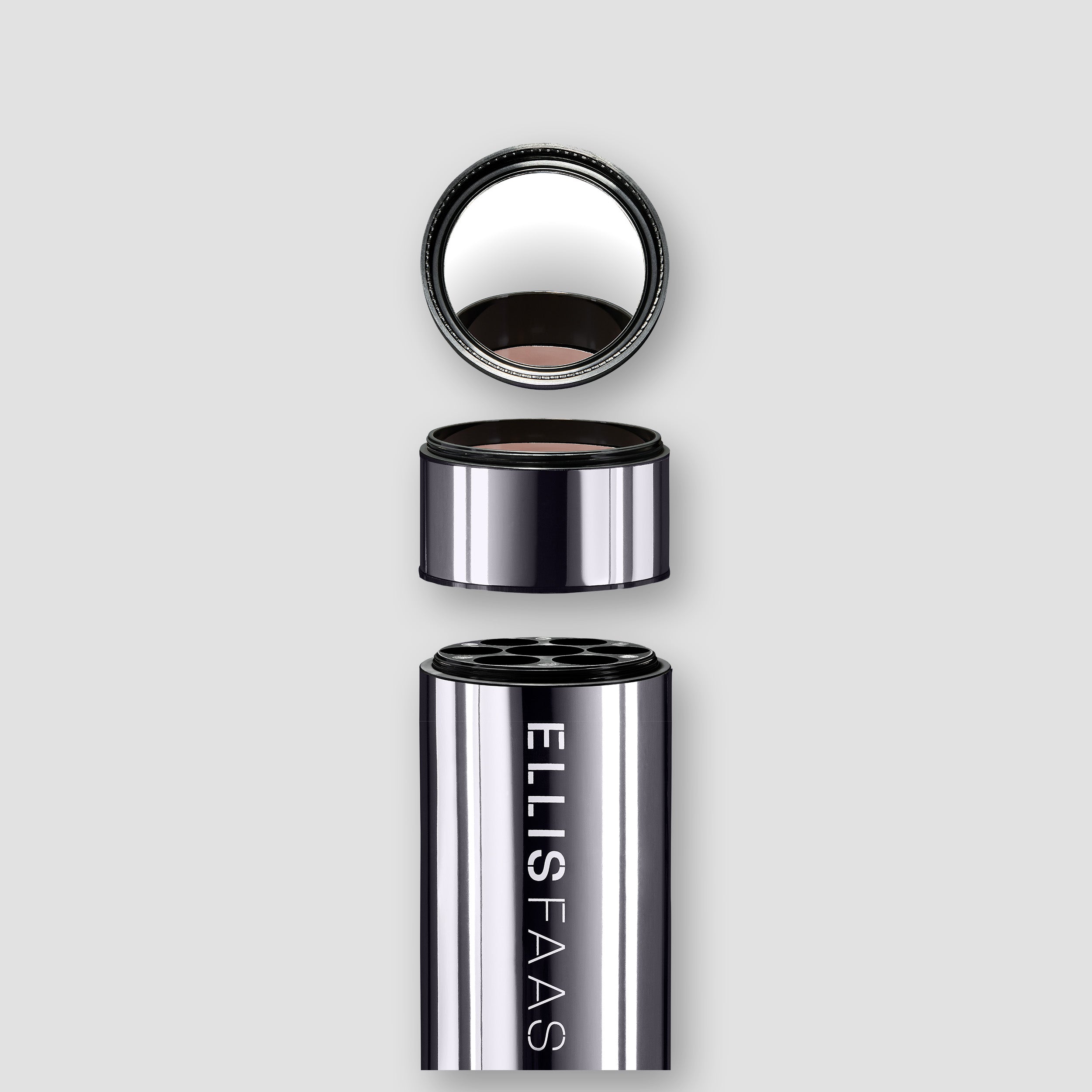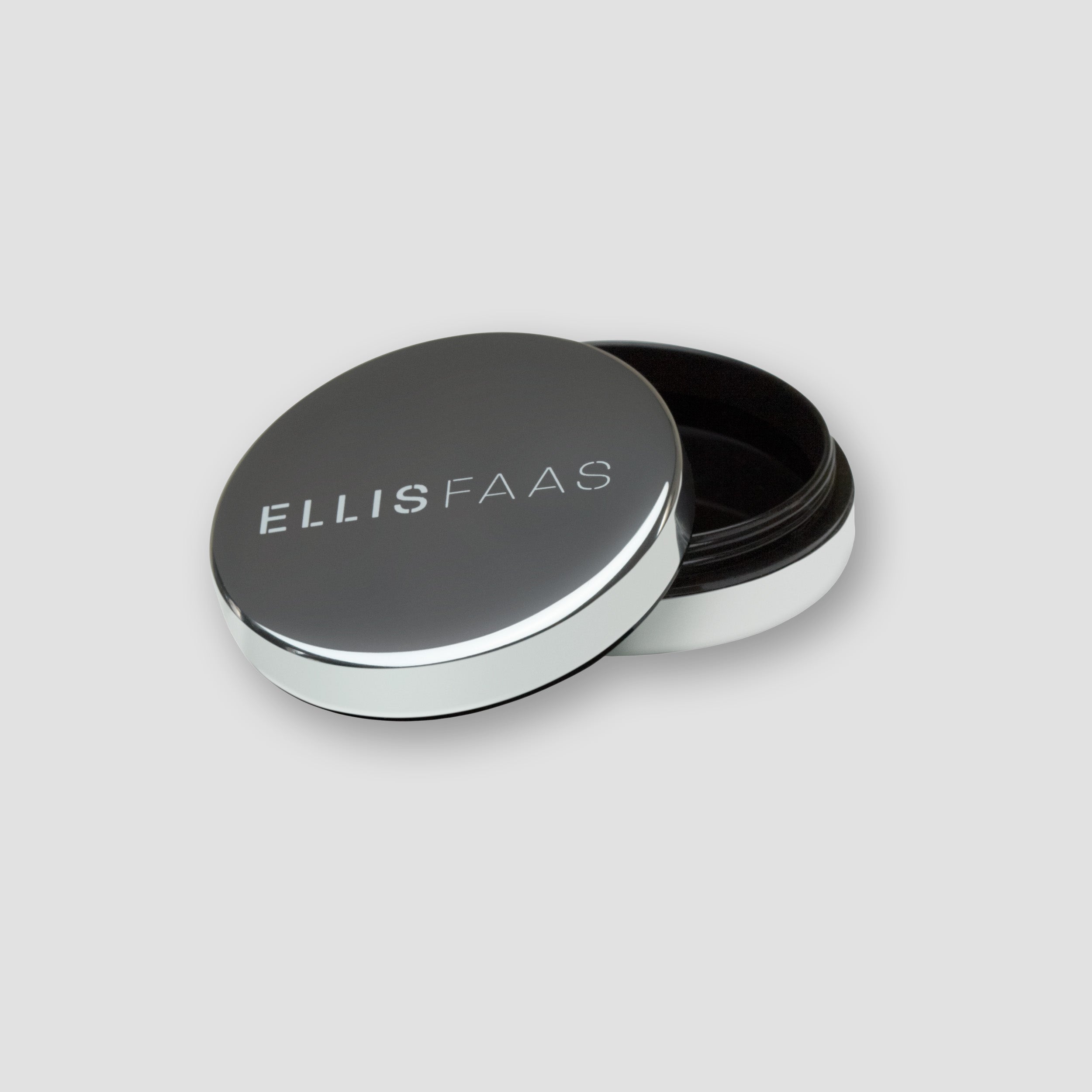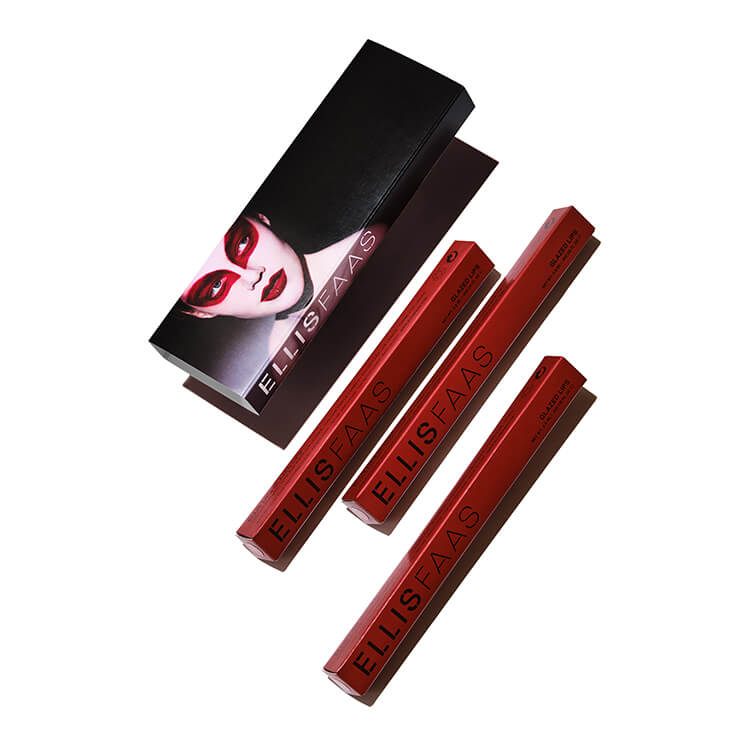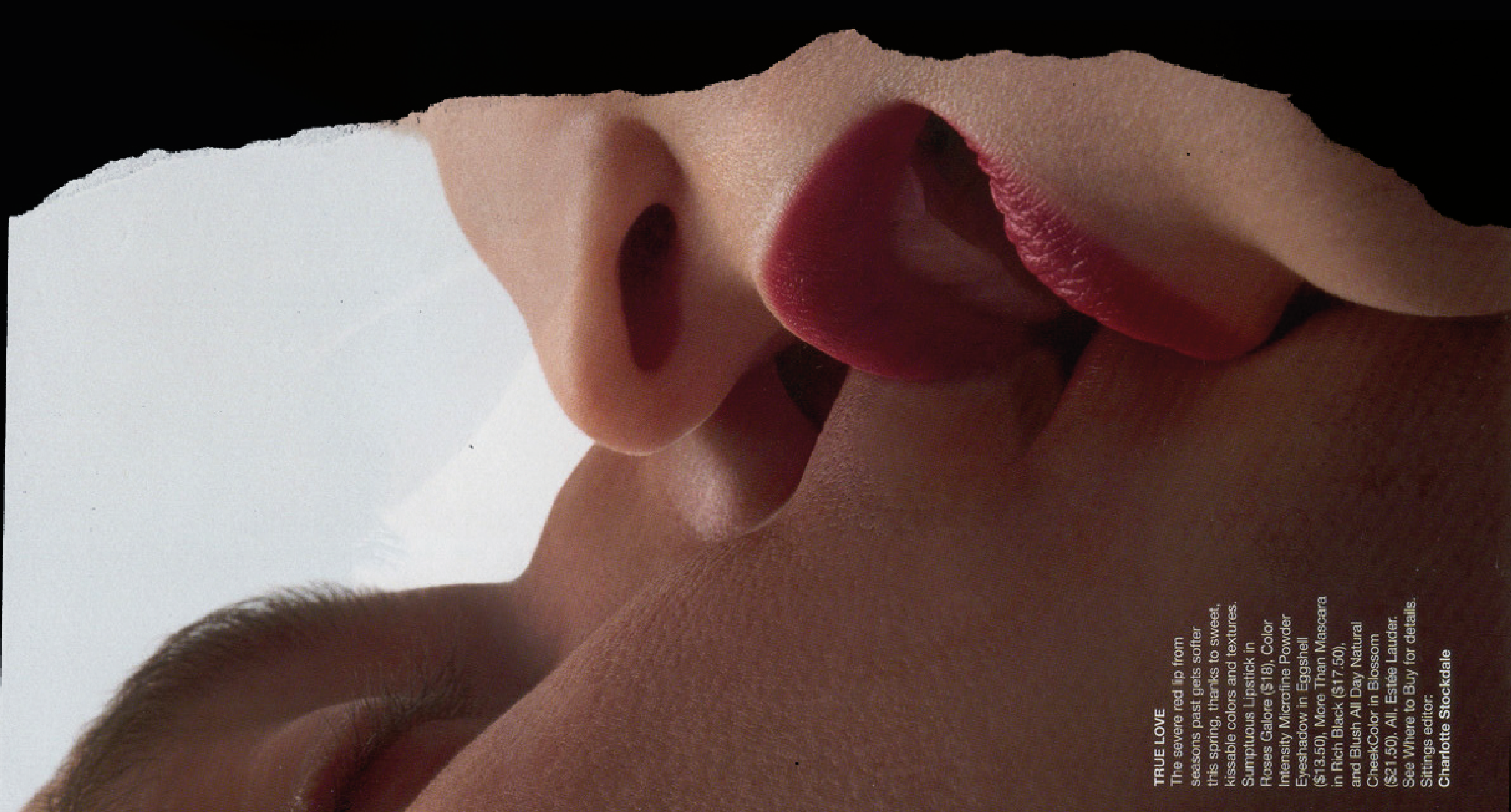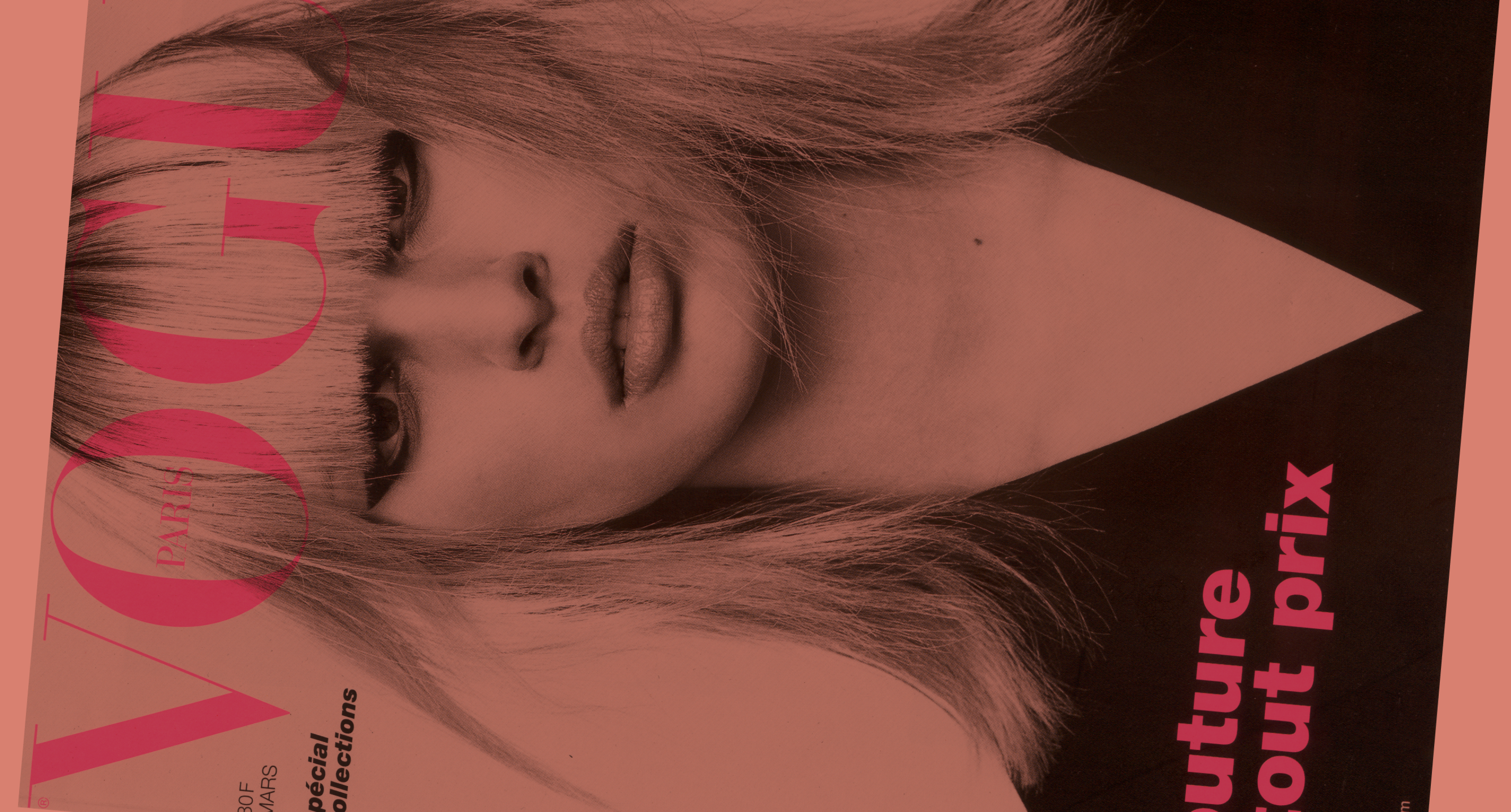With this statement, Ellis Faas (1962–2020) captured the essence of her artistic vision. She transitioned from photography to special effects and ultimately to makeup, becoming, according to Vogue Paris, “one of the most influential makeup artists of her time”.
Throughout her international career, Ellis collaborated with some of the biggest names in the global fashion industry. Yet, she never conformed to the expectations of that world, and designers and stylists loved her for that. Photographer Mario Testino told W Magazine: “Ellis had such a different take on things and was so free in her approach. She adapted to fashion and then took it elsewhere without fighting it.”
Ellis was a child of the 1970s and 1980s, shaped by the liberal upbringing provided by her parents, who taught their children the dangers of following the mainstream and to blindly follow the person with the loudest voice. “Always think for yourself, always follow your own path.” These values were amplified by the city of Amsterdam, which in the late 1960s had transformed into what was often described as “the most liberal city in the world”. It was the ideal place for those who sought to forge their own way.
While training to become a photographer, Ellis frequently used herself as a model, exploring the transformative power of makeup to tell stories and create moods. She discovered a love for the freedom that experimenting with makeup offered and subsequently moved to Paris to study special effects at Christian Chauveau’s Technical School of Artistic Makeup. Later, she relocated to London, where her talent for special effects found her replicating skin diseases for medical inserts, while her aesthetic sensibilities led her to work on music videos for the stars of the 1980s.
After the birth of her daughter, Ellis returned to Amsterdam, where her unique perspective on beauty caught the attention of the upper echelons of the international fashion world. Her career quickly snowballed, leading her to work across the globe, with her creations gracing the covers of all the leading fashion magazines. Her clients included a dazzling array of high-profile names such as Chanel, Jean-Paul Gaultier, Moschino, Karl Lagerfeld, Kenzo, Fendi, Junya Watanabe, Giambattista Valli, Dolce & Gabbana, Lancôme, MAC Cosmetics, and Clinique, to name but a few.
During her impressive international career, Ellis was never interested in simply making people so-called beautiful. She always sought to uncover the person behind the makeup, the truth beneath the glamour. She did not conceal imperfections, preferring to use colours that were authentic to the body. Often, she created bold, exaggerated looks that challenged the deceptions of the beauty industry and inspired people to think beyond prescribed boundaries.
This very attitude towards beauty is at the heart of the products Ellis designed for her eponymous brand, ELLIS FAAS. “Ellis believed makeup should always suit the face and fought against trends or any makeup that prioritised the product over the wearer,” James Vincent wrote in OnMakeUpMagazine. Her passion for the colours she had encountered through special effects formed the foundation of her brand’s Human Colours®. She envisioned products that were easy to choose, easy to carry around, easy to apply and to stay put until removed.
In promoting her own products, Ellis also followed a distinctly unconventional approach. “From the moment my international career took off, everyone has constantly asked for tips, tricks, and trends. I cannot and will not oblige. I refuse to categorise people into types,” she said in Het Parool. “Most people have been made fearful by rules imposed by famous or not-so-famous individuals dictating the dos and don’ts of makeup. Please throw all of that in the rubbish bin, and just experiment. If you don’t like the result, simply remove it and try again—because, for crying out loud, it’s only makeup.”
Ellis Faas. a self portrait

“One of the most influential makeup artists of her generation“ (Vogue Paris)
from Ellis' freelance portfolio
Numéro, 2006. photography | Jean-Baptiste Mondino. styling | Patti Wilson.
makeup | Ellis Faas. model | Coco Rocha

Numéro | Jean-Baptiste Mondino,
2006
from Ellis' freelance portfolio
Moschino, 2005. photography | Michelangelo di Battista. styling | Catherine Baba
makeup | Ellis Faas. model | Lily Cole

Moschino,
2005
from Ellis' freelance portfolio
Chanel. photography | Karl Lagerfeld. makeup | Ellis Faas.
hair | Odile Gilbert. model | Angela Lindvall

Chanel | Karl Lagerfeld
from Ellis' freelance portfolio
Gucci, 1999. photography | Mario Testino
makeup | Ellis Faas. model | Caroline Ribeiro

Mario Testino,
1999
”I did a photography course when I was 16 and the subject was narcissism. We had to make self-portraits and I kept on changing myself with makeup. I loved the instant nature of makeup – the instant transformation.” (Ellis in Two Magazine)
from Ellis' personal archive
late 1970s. self portrait and makeup | Ellis Faas

analogue selfie late 1970s
from Ellis' personal archive
late 1970s. self portrait and makeup | Ellis Faas

analogue selfie late 1970s
from Ellis' personal archive
late 1970s. self portrait and makeup | Ellis Faas

analogue selfie late 1970s
from Ellis' personal archive
late 1970s. self portrait and makeup | Ellis Faas

analogue selfie late 1970s
“I dare to apply something all at once, on the fly. That loose style, where you can also smudge something, that has become my signature... This nonchalance can also be created with my make-up products.“ (Ellis in de Volkskrant)
from Ellis' freelance portfolio
W Magazine, 2001. photography | Michael Thompson. styling | Joe Zee
makeup | Ellis Faas. hair | Kevin Ryan. model | Erin Wasson

W Magazine | Michael Thompson,
2001
from Ellis' freelance portfolio
W Magazine, 2000. photography | Mario Testino. styling | Alex White
makeup | Ellis Faas. hair | Marc Lopez. model: Angela Lindvall

W Magazine | Mario Testino,
200o
“I like looking at beauty myths and giving them a different twist. I make fun of the ridiculous statements from makeup companies who claim their mascara will make your lashes sooo much longer – then I make a picture with lashes of surreal length.“ (Ellis in Two Magazine)
ELLIS FAAS, 2009
photography & makeup | Ellis Faas. model | Eline van Uden

ELLIS FAAS,
2009
ELLIS FAAS, 2009
photography & makeup | Ellis Faas. model | Dioni Tabbers

ELLIS FAAS,
2009
ELLIS FAAS, 2015
photography & makeup | Ellis Faas. model | Madeline Dotman

ELLIS FAAS,
2015
from Ellis' freelance portfolio
Dazed and Confused, 1999. photography | Phil Poynter. styling | Charlotte Stockdale
makeup | Ellis Faas. hair | Alain Pichon. model | Liberty Ross

Dazed & Confused,
1999
“I used to do a lot of special effects,” Faas explains, who once made a living out of mimicking wounds, bruises and blood for public service campaigns and music videos. “I started to use those colours in a beautifying way rather than a gory way“, she says. (W Magazine)
from Ellis' freelance portfolio
Numéro. photography | Jean-Baptiste Mondino. makeup | Ellis Faas
hair | Ed Moelands. model | Luca Gajdus

Numéro | Jean-Baptiste Mondino
from Ellis' freelance portfolio
Harpers & Queen, 2005. photography | Michelangelo di Battista
makeup | Ellis Faas. model | Rosie Huntington Whiteley

Michelangelo di Battista
ELLIS FAAS
photography & makeup | Ellis Faas. model | Tessel Brühl

ELLIS FAAS

